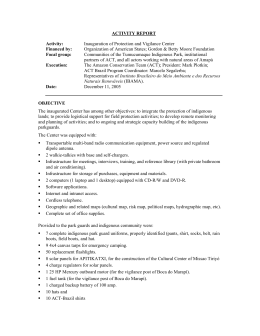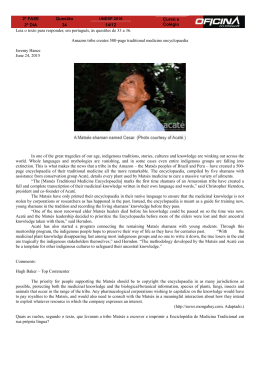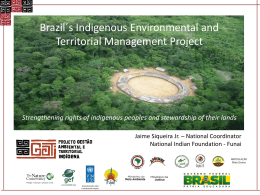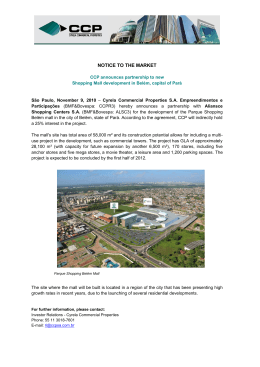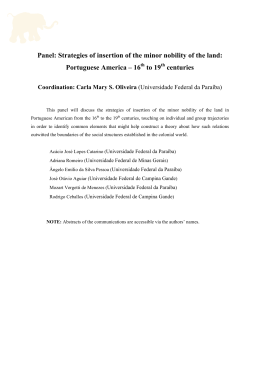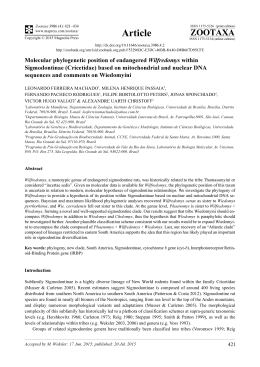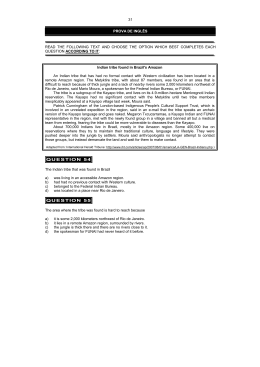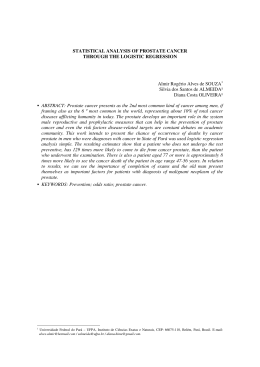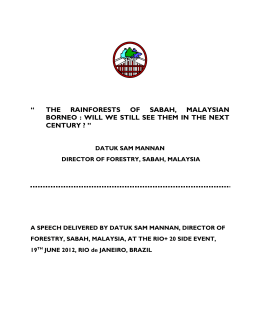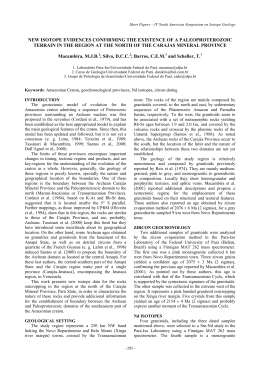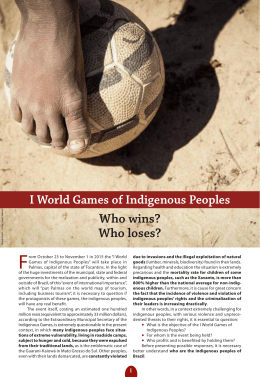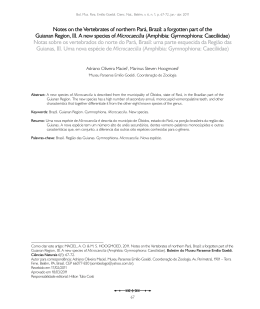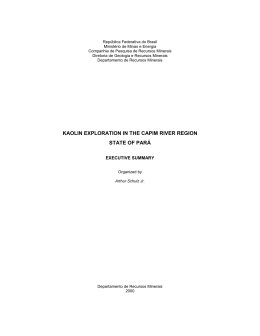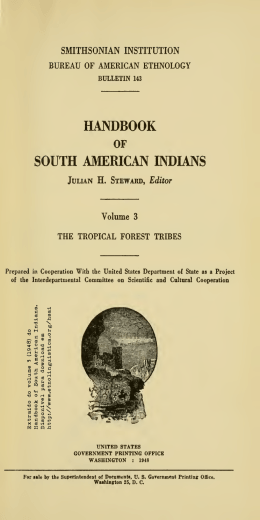Opportunities and challenges for indigenous populations from Amazonian rainforest in the global markets for the CO2 credits. The case of Tembé tribe. Miguel Ramos da Silvaa, Lívia Madureirab, Thomas A. Mitscheinc a Universidade Federal do Pará (UFPA) Instituto de Ciências Biológicas (ICB) Rua Augusto Correa, 01, Guamá, CEP: 66075.7000, Belém, Pará, Brazil b Universidade de Trás-os-Montes e Alto Douro. Dep. Economia, Sociologia e Gestão Centro de Estudos Transdisciplinares para o Desenvolvimento (CETRAD) Quinta de Prados, Apartado 1013, 5001-801 Vila Real, Portugal Tel: +351259350797 E-mails: [email protected] c Universidade Federal do Pará (UFPA) Núcleo de Meio Ambiente (NUMA) Programa Pobreza e Meio Ambiente na Amazonia (POEMA) Instituto de Ciências Biológicas (ICB) Rua Augusto Correa, 01, Guamá, CEP: 66075.7000, Belém, Pará, Brazil Abstract The growing of voluntary carbon markets created opportunities for value capture from the side of the carbon sequestration or stocking suppliers. Indigenous population inhabiting and holding land rights in the rainforest, such as the Amazonian forest, are part of these potential suppliers. Global demand for carbon credits, through international companies operating in the carbon markets, has met them and has been offering them opportunities to sell carbon credits derived from the safeguard of the rainforest. This is a situation where information asymmetries are a major obstacle to the establishment of an efficient and fair trade. Cultural and education differences are huge. How can indigenous populations organize themselves to sell this abstract commodity, given their knowledge is tacit and empirical, experience-based? How can they sell a thing they do not know what it is, and which value (demand-side) they ignore? These questions are discussed through a case-study approach conducted with the Tembé tribe, an indigenous population inhabiting the Amazonian rainforest in North of Brazil. This tribe has two distinct groups regarding the rainforest land and cultural resources. One of the groups has already lost is forestry resources as result of the selling of the wood and the land for other uses. This group is the one that have lost significantly their tribe identity and cultural resources. The second group, on the opposite, given their isolation, still holds a considerable area of rainforest and maintain its tribe culture, language and traditions. A case study, using participatory approach, has been conducted in 2009-2010, allowed to know these two communities and to follow them in the negotiations with the international company interested in buying their carbon credits. This allowed for understanding how the product to be traded has been created/imagined by the indigenous population, how they were (or not) able to organize collectively to provide a service they only could offer as a community, and which could be the role for mediating organizations, ONGs , universities, and indigenous organizations. It provides also important lessons on how to improve the use of carbon markets by the initiative REDD in respect to its effectiveness and fairness, giving the huge inequality in terms of information access and negotiating power between the two sides of the (potential) trades. Keywords: Amazonian rainforest, ecosystem services, carbon markets, REDD, indigenous populations, the Tembé tribe.
Download
